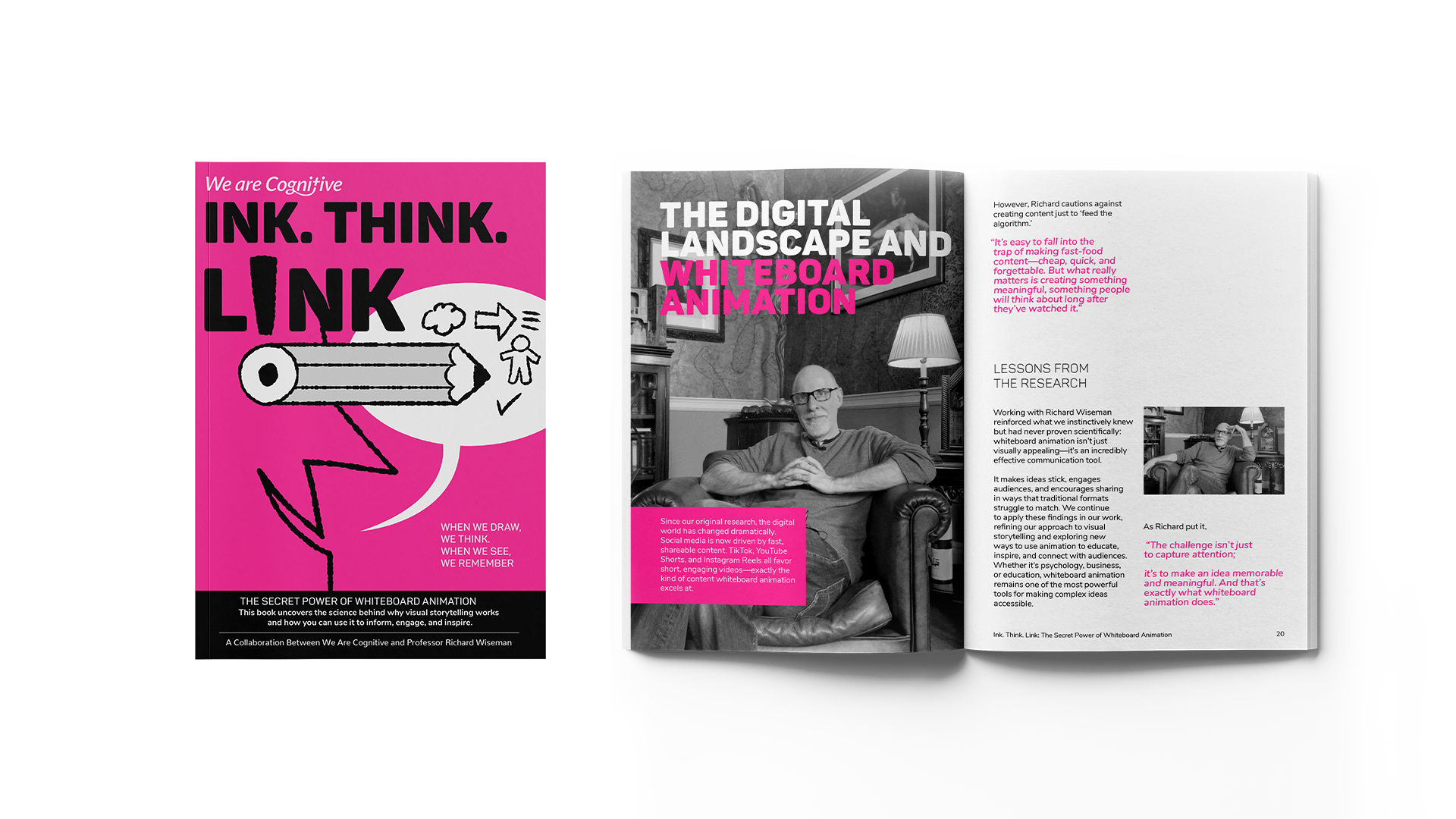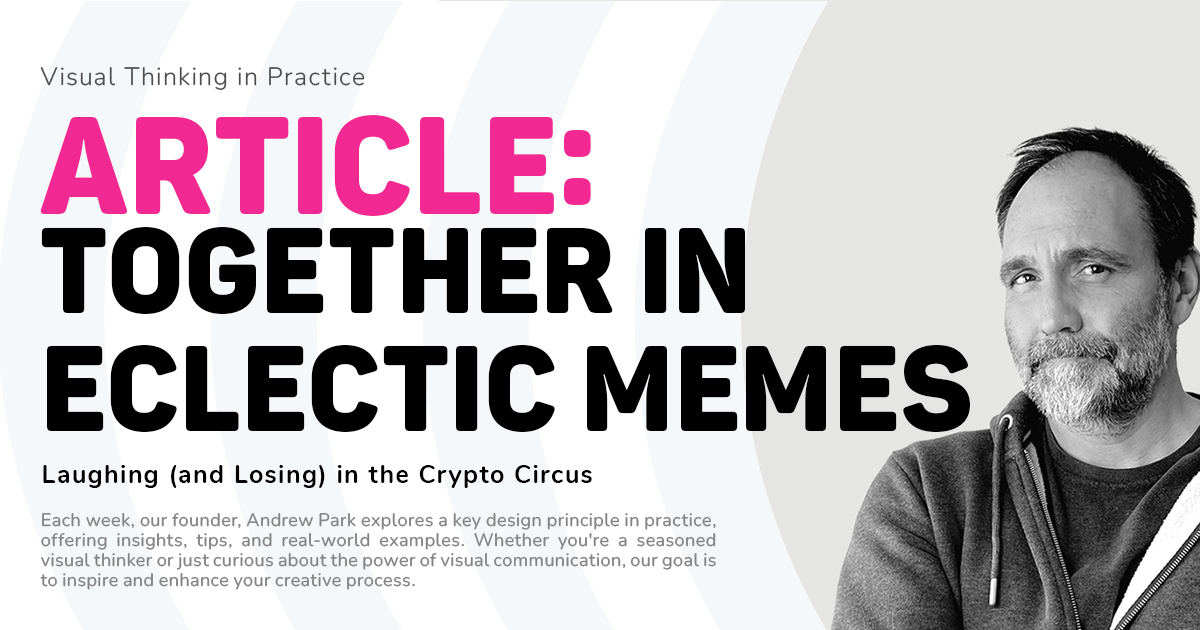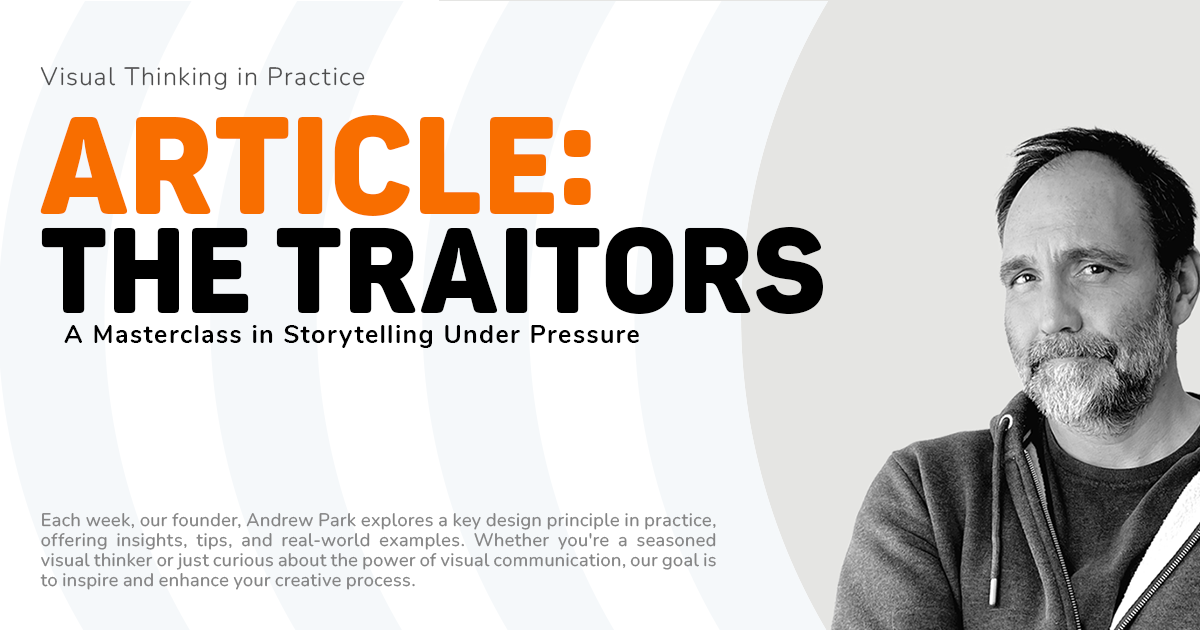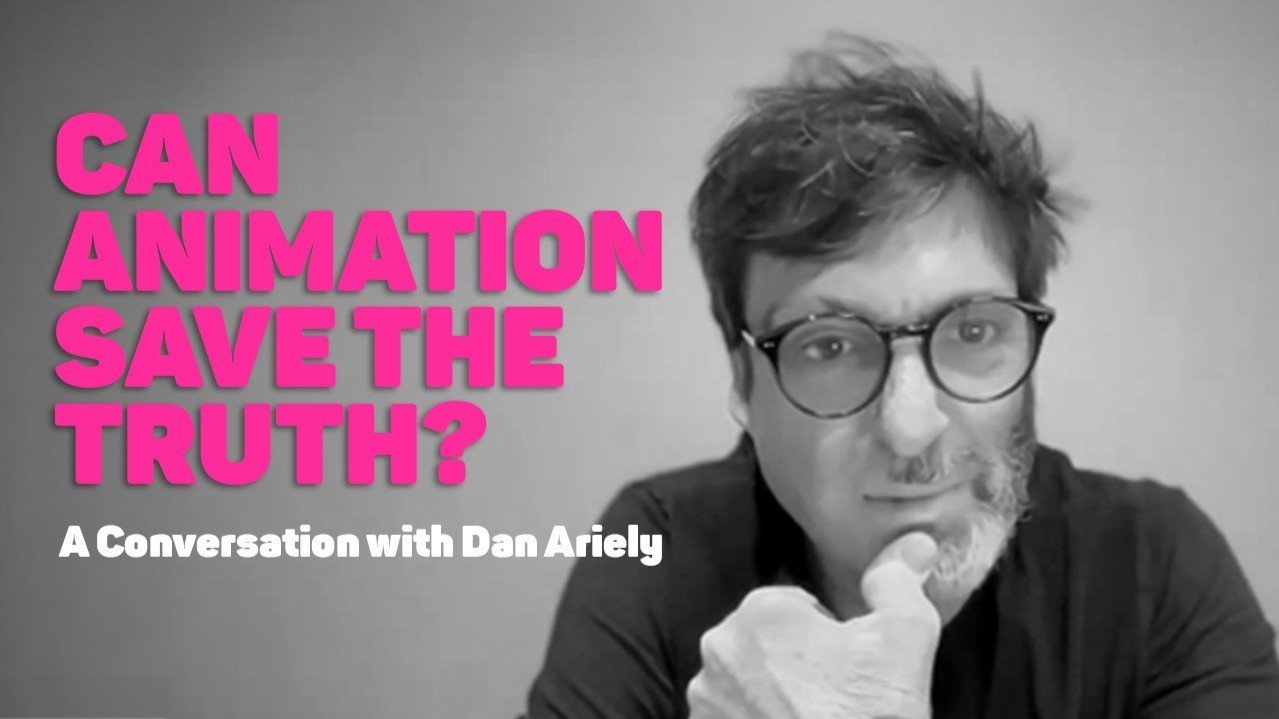Professor Ray Laurence: Animation, History and University Research
Professor Ray Laurence is Professor of Ancient History at Macquarie University, Sydney, Australia, where he focuses his research on the study of Roman Urbanism. Ray worked with Cognitive in 2012 and 2013, turning his research into two explainer films for TED-Ed. In this blog, Ray talks about the impact of these films on his work and the people that watched them.
"My research lying behind the film was being transmitted to an audience far vaster than that of my best-selling book (40,000 copies)."
- Ray LaurenceMore than 14.4 million views have been recorded of the explainer films A Glimpse of Teenage Life in Ancient Rome and Four Sisters in Ancient Rome produced by Cognitive in late 2012 and early 2013. I wrote the scripts for both films to include ideas derived from my research on Roman history; that about cities, urban life and the history of families. Central to both films is the subject of betrothal and differentiation in the normative patterns of first marriage in ancient Rome. For girls marriage was allowed legally from age 12 and boys legally from 14, but social practice indicates mid-late teens for girls and mid-late twenties for boys.
I thought at the time, I would make the film with Cognitive and that’s it - job done. Such was my naivety. The very fact the film was being watched by audiences across the world, often sub-titled into a local language automatically, meant my research lying behind the film was being transmitted to an audience far vaster than that of my best-selling book (40,000 copies); let alone the research papers that supported the film’s content cited by a few experts across the world. This is what is called in the Higher Education sector ‘impact’, something measured every six years in the UK to evaluate the value of research to the UK.

There are two measures – the reach, in the case of the two films millions of viewers, and what may be described as ‘did the films change or challenge the opinions of the viewers?’ The latter is devilishly difficult to measure but, if we examine the tens of thousands of comments on YouTube, the data is there.
Young men in the USA did not know that their equivalents in ancient Rome routinely drunk alcohol. Many commentators worried about the skin tone of Lucius, as an Italian who spent time outside, he has a tan – some thought he was not white. Thus, we see evidence of challenging a stereotype that Romans were a white race, as opposed to a multi-cultural society. The whole issue of arranged marriage embedded in the film challenged a perception that the advent of Islam in some way ‘invented’ such negotiated marriages. The comments also led to some ferocious debates around: misogyny, race, and historical knowledge. Whether we agree or disagree with those viewpoints, matters less than the fact that the film engaged viewers and facilitated their debates.
However, to come clean, I wrote the first script for my own children. Two boys going through Year 3 of primary school in 2012 and 2013; who had all sorts of questions about the teenagers they saw in the street from the secondary school; as well as studying ancient Rome in the school day. Fast forward to 2018, my eldest son mentioned that: ‘It is kind of cool that you created a cartoon character’. Now that is an impact of greater value than anything a University can configure as measurable!
"'It is kind of cool that you created a cartoon character’. Now that is an impact of greater value than anything a University can configure as measurable!"
- Ray LaurenceWhen it comes to your brand, video offers a whole range of ways to feature your brand both subtly and more directly.
When presentations deal with complex ideas, dense information, or diverse perspectives, it’s easy for key messages to get lost. This is where live scribing becomes a game-changer.
Live scribing is the art of visually capturing conversations in real time. It’s part mind-mapping, part storytelling, and all about making complex ideas instantly clear and unforgettable.
We all know the stakes. When communication breaks down in the NHS, it's not just systems that suffer, it’s people. Missed signals. Duplicated work. Delays that ripple out. And beneath it all? A creeping misalignment that turns well-meaning teams into disconnected silos.
From complex ideas and important information to heartfelt and powerful messages, visual storytelling is able to connect with us at a deep level and explain key points in ways that engage and stay with us.
From complex ideas and important information to heartfelt and powerful messages, visual storytelling is able to connect with us at a deep level and explain key points in ways that engage and stay with us.
From complex ideas and important information to heartfelt and powerful messages, visual storytelling is able to connect with us at a deep level and explain key points in ways that engage and stay with us.
It gives us great pleasure to have you join me for this issue, as we explore the fascinating and always relevant subject of "The Medium is the Message."
Clarity doesn’t automatically come from data. It’s something you construct. What people need isn’t a flood of facts—it’s a visual story: built like a narrative, not a spreadsheet, and designed to be scanned, not deciphered.
Too often, presentations overburden the brain with information to decode, prioritise, and interpret. That’s where visual thinking becomes the executive cheat code. Visuals ease that load. They transform complexity into patterns, systems into stories.
The thing it seems almost no one wanted is upon us, tariffs. Like a suspiciously brown shaken-up snow globe, they’re obscuring normal trading relationships, putting global markets on edge and making life even more expensive than it already was.
Audiences rated whiteboard animation 33% more entertaining, 15% more memorable and 66% more likely to be shared. This research helped explain the amazing reaction to the RSA Animates and showcased the potential of whiteboard animation.
Explainer videos and engaging whiteboard animations, have emerged as powerful tools to convey complex messages with simplicity and creativity. Here, we explore nine innovative ways to integrate explainer animations into your marketing strategy, enhancing your brand's visibility, engagement, and conversion rates.
In the modern workplace, where attention spans are short, and information overload is common, utilizing innovative internal communication strategies is crucial. This article explores creative internal comms ideas, focusing on the power of animated explainer videos and whiteboard animations.
Often the very first books we encounter are picture books, our first introduction to the power of rich visual language. While our books change, the power of this language doesn’t. We’ve reflected on visual language, from picture books to explainer videos and whiteboard animation.
Whether it's making complex ideas feel simple or dry subjects feel engaging, our mission is to democratise knowledge. For over twenty years, we’ve been making this mission a reality, working on whiteboard explainer videos for clients across sectors ranging from education and health to international law and energy.
The best bit of our job is working with clients who have big ideas and complex messages. We’re always ready to make a complicated message feel relatable and understandable or help a visionary get their message out to the masses.
As pioneers of whiteboard animation videos, we’re proud of its ability to make the complex simple and share information far and wide. We want to share its explainer and storytelling superpowers with as many people as possible, but to quote a modern-day classic, ‘with great power comes great responsibility.’ That sometimes means saying ‘no’.
In today’s digital era, explainer videos have become indispensable tools for businesses, educators, and creatives to convey complex ideas in a clear and engaging manner. These videos, whether animated or utilizing techniques like whiteboard animation, captivate audiences and simplify intricate concepts.
We see whiteboard animation as a way of democratising knowledge and sharing the ideas that help us all understand and build a better, fairer world. It is packed with educational and visual storytelling tools that allow us to connect with viewers as we make even the biggest ideas accessible and understandable.
What’s the biggest hype narrative you’ve fallen for recently? Drop it below—no judgment. We’ve all bought something at 11 pm thinking it was genius, only to regret it by morning. (Although the Velcro drain unblocker is the shit!)
The Parker Probe isn’t just a shiny example of what humans can achieve when they stop arguing on X for five minutes. It’s also a reminder that big problems—whether they’re cosmic or corporate—need both boldness and a plan.
When we strip away the layers of imposter syndrome, it often boils down to storytelling—about who we are, what we’ve done, and where we’re headed. The narratives we tell ourselves shape our reality, and reframing those stories can unlock a healthier sense of self-worth.
Facebook and Instagram are going “back to their roots” of free expression. Because, clearly, what the internet desperately needed in 2025 was more rucks.
Watching The Traitors is like observing a high-stakes version of a spider weaving its web. Every accusation, every alliance, every teary-eyed confession pulls on the delicate threads of trust until the whole thing collapses in a heap of suspicion.
Ah, New Year’s resolutions. The annual tradition where we collectively trick ourselves into believing we’re only one heroic declaration away from becoming flawless human beings. This year, this will be the year we shed those bad habits like a moulting snake. Right? Wrong!
If you could pin down the essence of truth, could you draw it? That’s the question that lingered in my mind after speaking with Dan Ariely for my RSA Animate documentary—a project allowing me to reconnect with some of the most compelling thinkers of our time.
I have written a lot about failure. It’s something of a fascination for me. I am in a constantly evolving process with failure. When does failure become a success? Are there any true failures or is it just an endless process?
If you’ve spent any time in creative circles, you’ll know that while education has the potential to transform, we’ve been wielding this so-called "weapon" like a blunt instrument for far too long.































Explainer videos are visually dynamic and captivating videos. They excel not only in distilling complex messages into easily understandable narratives but also in etching a lasting imprint on the minds of viewers. This makes explainer videos a must for any marketing strategy!